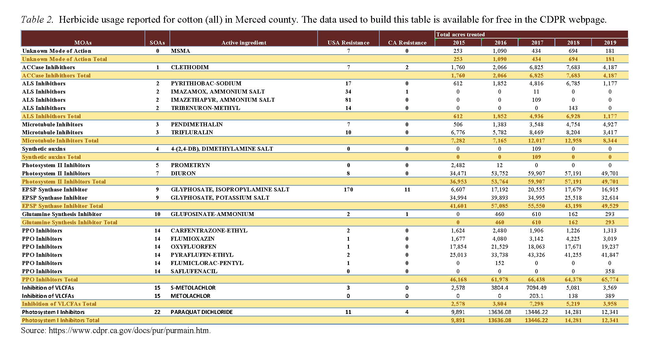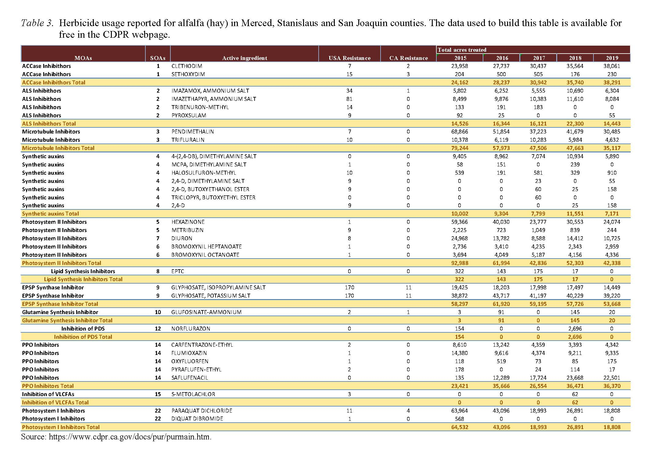Hi, my name is José Luiz Dias and I have recently joined the University of California Cooperative Extension (UCCE) team. I am writing this blog with the goal to introduce myself, share some of my previous work experiences, as well as to share some of the short- and long-term goals I plan to implement in my extension and research programs.
Area of work
As a UCCE field crops agronomy and weed management advisor, I plan to work closely with the growers, consultants and industry personnel to develop applied research and extension activities in the Northern San Joaquin Valley (SJV) which includes Merced, San Joaquin and Stanislaus counties. The primary crops include alfalfa, corn, cotton, wheat and dry beans. It can be easy to forget or to underestimate the value of field crops when approximately two-thirds of the country's fruits and nuts and over one-third of the country's vegetables are grown in California (CDFA 2019). California's agriculture is extremely abundant with more than 400 commodities, and the production of field crops certainly plays an important role in the state's economy. The 2019 economic gross value of some of the main commodities in Merced, Stanislaus and San Joaquin counties can be found in Table 1.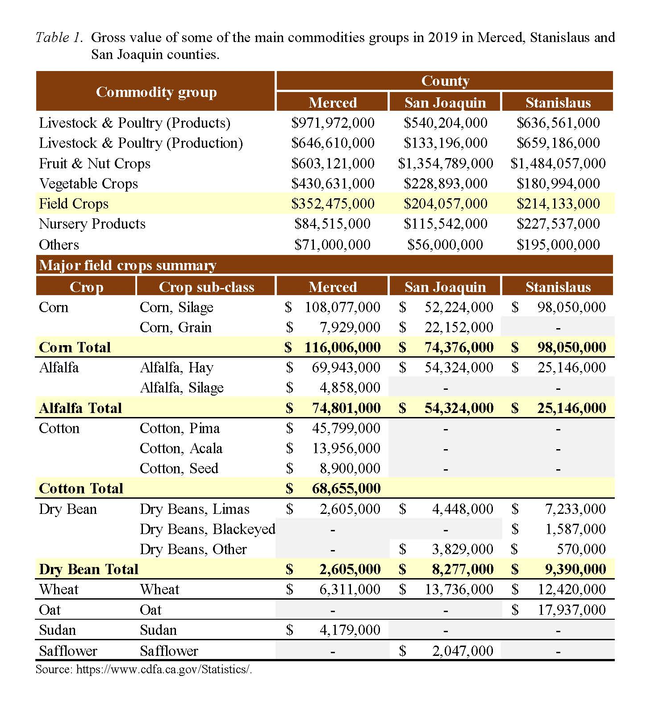
Background
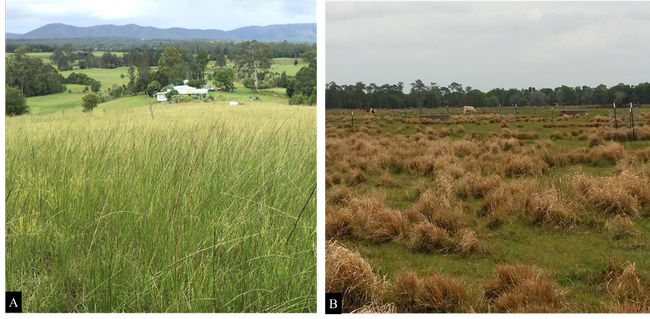


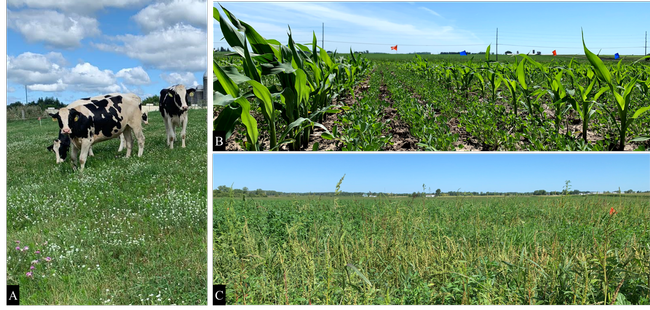
In 2013, I returned to Brazil for a M.S. degree, where I worked with herbicide tolerance in sugarcane to soil-applied residual herbicides.
I continued on with my education and earned a Ph.D. (2019) from the University of Florida in agronomy with focus in weed science. After graduation, I worked at the University of Wisconsin–Madison for a little over a year as a post-doctoral researcher. While working on my Ph.D., I studied how to implement integrated management practices to control giant smutgrass (Sporobolus indicus (L.) var. pyramidalis) populations in bahiagrass (Paspalum notatum) pastures in Florida. We investigated the efficacy of integrating prescribed burning, grazing management, and hexazinone applications for giant smutgrass control; the effectiveness of integrating physical control methods such as mowing with chemical control measures (glyphosate and hexazinone) applied with a weed wiper; and the effects of application time, hexazinone rate, and rainfall (time and intensity after application) on hexazinone effectiveness (Figures 1, 2 and 3). During my time in Wisconsin, I had the opportunity to work on agronomy and weed science applied research in different cropping systems such as alfalfa, silage corn and cool-season grass-clover mixed swards (Figure 4).
Working with UC Cooperative Extension
With my background in weed science, I'm interested in developing applied tools and management practices to deal with present and potentially future weed management issues in the Northern SJV. Weed biology, ecology, integrated weed management strategies, and herbicide resistance (HR) are some of the main weed science topics I am interested in developing educational and research projects. Although there are not as many cases of HR weeds in California compared to other states in the U.S. (Tables 2 and 3), the seriousness of this topic should not be taken lightly. For example, when glyphosate-resistant (GR) alfalfa was released in 2005, there were a total of seven weed species characterized with GR in the U.S. (Heap 2021). As of January 2021, seventeen weed species are characterized with glyphosate resistance in the U.S., and seven GR weed species confirmed in California: 1) rigid ryegrass (Lolium rigidum G.) in 1998, 2) Horseweed (Conyza canadensis L.) in 2005, 3) Hairy fleabane (Conyza bonariensis L.) in 2007, 4) junglerice (Echinochloa colona L.) in 2008, 5) Italian ryegrass (Lolium perenne ssp. Multiflorum) in 2008, 6) annual bluegrass (Poa annua) in 2013, and most recently 7) Palmer amaranth (Amaranthus palmeri S. Watson) in 2015 (Heap 2021). Additionally, the fact that not as many HR weeds are confirmed in California compared to other states provides us a great opportunity to learn from our neighbors and be proactive rather than reactive. One management practice regarding the use of herbicides I plan to investigate is the the feasibility and efficacy of using multiple effective sites of action (both as tank-mixes and in sequential applications), as well as the use of pre-emergent herbicides, avoiding the over-reliance on single sites of action post-emergence treatments (Tables 2 and 3). I am also interested in herbicide efficacy, crop safety, herbicide environmental fate, precision agriculture, and remote sensing. I plan to address other agronomic needs such as variety performance trials, nutrient and soil fertility management, soil salinity, water use-efficiency, and integrated pest (disease and insects) management.
Helping me to help you
An extension program can only be effective and deliver meaningful results if we work together with industry and growers. Please help me help you by sharing what you think are the most significant problems facing agronomic field crops in Merced, San Joaquin, and Stanislaus counties. Feel free to call me at the UCCE Merced County office at (209) 385-7403 or email me at jdias@ucanr.edu. I would really enjoy scheduling a time to meet you at your farm to talk about issues that are impacting your production system, as well as hear your thoughts on potential crop production and research challenges.
Thank you very much and happy 2021!
[CDFA]. 2019. California Department of Food and Agriculture. Available https://www.cdfa.ca.gov/Statistics/. Accessed on 01/17/2021.
Heap, I. The International Herbicide-Resistant Weed Database. Available www.weedscience.org. Copyright © 1993- 2021 WeedScience.org. All rights reserved. Fair use of this material is encouraged. Accessed on 01/17/2021.
Author - Agronomy and Weed Management Advisor- Merced, San Joaquin and Stanislaus Counties.
